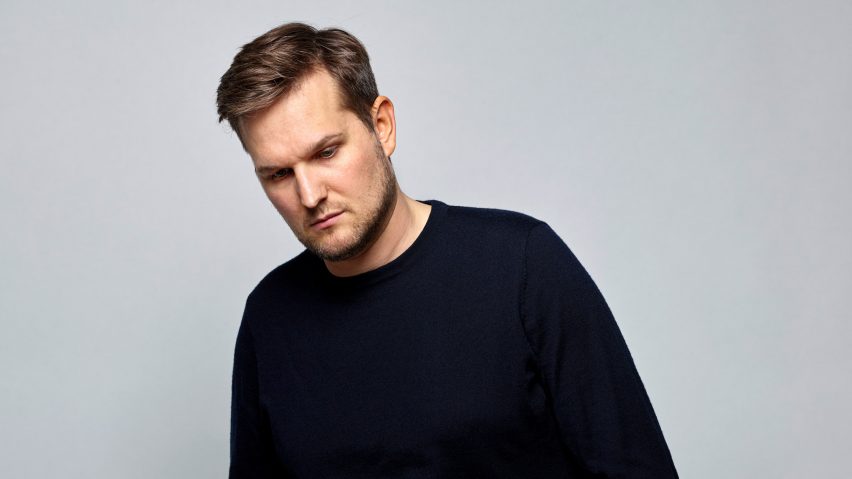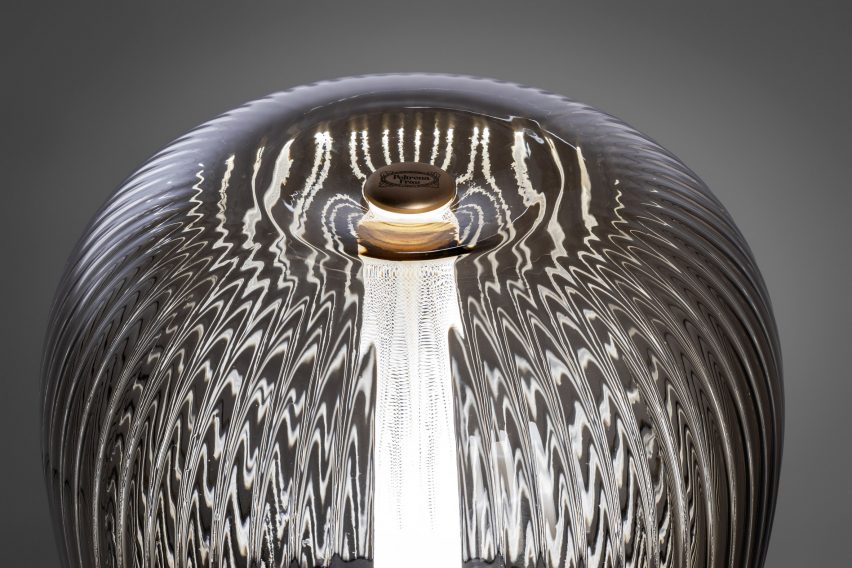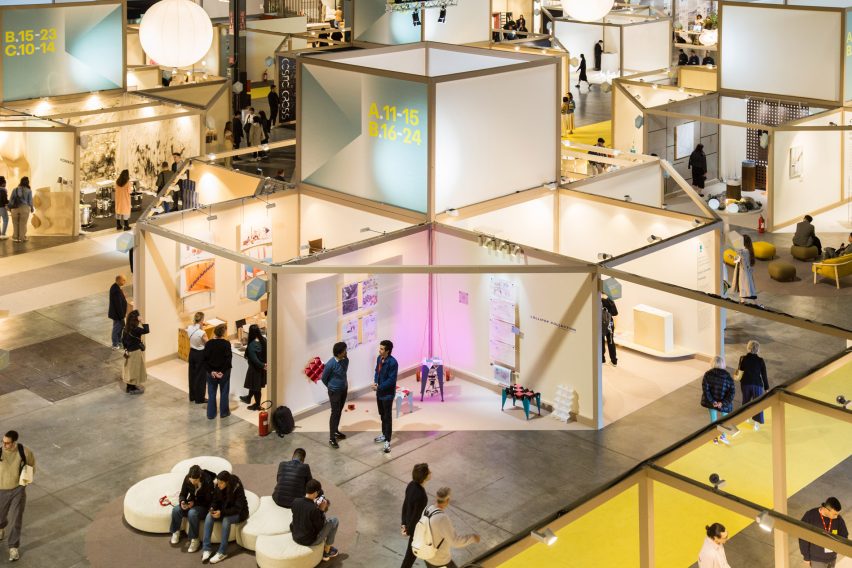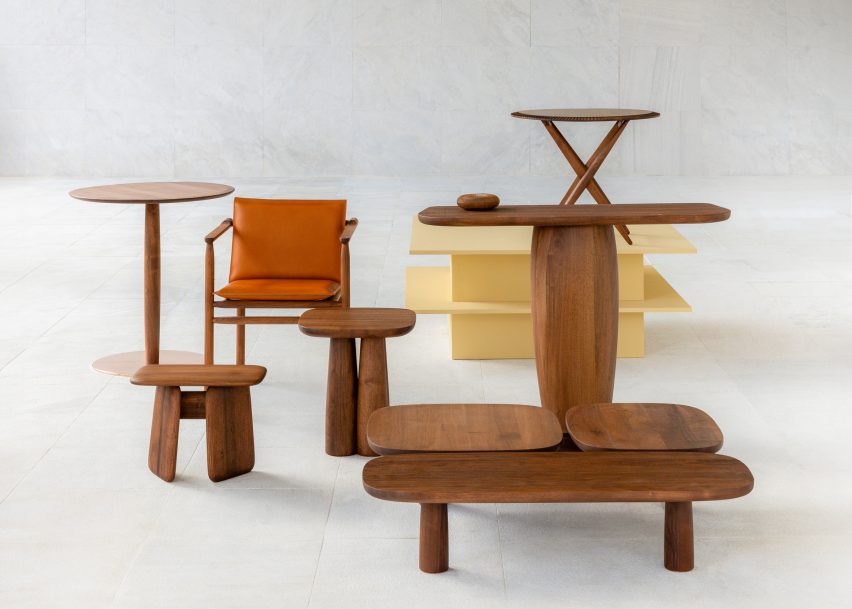
"I wouldn't want to be a young designer today" says Sebastian Herkner
German designer Sebastian Herkner believes there are fewer opportunities for young designers to work with furniture brands today than when he was first starting out in the industry.
Herkner told Dezeen that brands are less willing to take a chance on an unproven talent than in the past, making it harder than ever for younger designers to get a foot in the door.
"I wouldn't want to be a young designer today," he said.
"When I was young, brands like Cappellini and Moroso were always looking for young talents," he continued. "But now, a lot of brands are only working with established names or designers already in their portfolio."

Herkner spoke to Dezeen during an event hosted by Italian brand Poltrona Frau. He has just launched his first products with the brand – the Stock'n Roll bedside tables and the Nymph table lamps.
The designer said that brands typically reach out to him to initiate a collaboration, based on his existing reputation.
Based in Offenbach, near Frankfurt, Herkner's studio has developed furniture, lighting and homeware products for producers including &Tradition, La Manufacture, Thonet and Pulpo.
"It has been more than 15 years since I started my business," he said. "Now I'm established, brands know me. So the starting point for a conversation is much easier."
Brands are "not really looking for new ideas"
One of the biggest challenges for unestablished designers, according to Herkner, is that global political and economic uncertainty has led design brands to become less averse to taking risks.
"Because of the unique situation at the moment, first with Covid, then everything else going on in the world, a lot of companies think it's better to put their efforts and belief in established designers rather than young designers," he suggested.
"They are not really looking for new ideas and I think that's a problem for the young generation."

Herkner believes that Salone Satellite – the section of the Salone del Mobile furniture fair dedicated to young designers – is still one of the best ways for new talent to gain recognition.
He exhibited at Satellite three times, in 2009, 2010 and 2011. This led to a collaboration with De Vorm, which put his Clip Chair into production in 2011, but most notably caught the attention of Moroso creative director, Patrizia Moroso.
Moroso launched its first collection designed by Herkner, the woven Bask baskets, bowls and tables, in 2012. The woven Banjooli furniture was launched the following year, followed by the Pipe collection in 2015.
Salone Satellite "still one of the best platforms"
"Salone Satellite is still one of the best platforms for young designers, but they still need the trust from brands to start a conversation," Herkner said.
"Brands need to be brave enough to start with someone who is not known at all."
Herkner believes there is another option available to young designers today that was less viable in the past – many are launching their own brands and producing products themselves.
This can be a good way to gain exposure, said the designer, but it comes with challenges.
"It's great to see these new brands popping up, but you need to have the finances to develop prototypes," he said. "Maybe that's the only way forward that young designers see at the moment."

Herkner's studio launched several new products in Milan this year. Others included the Petal pendants for Rakumba Lighting, the Sinya and Stolac tables for Zanat, and a new straw marquetry version of his Bell Table for Classicon.
The designer was also recently a mentor for the second RIMOWA Design Prize, a competition championing student designers in Germany.
His advice to young designers is to look for opportunities for repeat exposure, either by participating in exhibitions like Satellite several times or by getting your work published on platforms like Dezeen.
"You need companies to keep seeing your name, your face, so they start to follow you," he added.
The portrait of Sebastian Herkner is courtesy of Studio Sebastian Herkner.